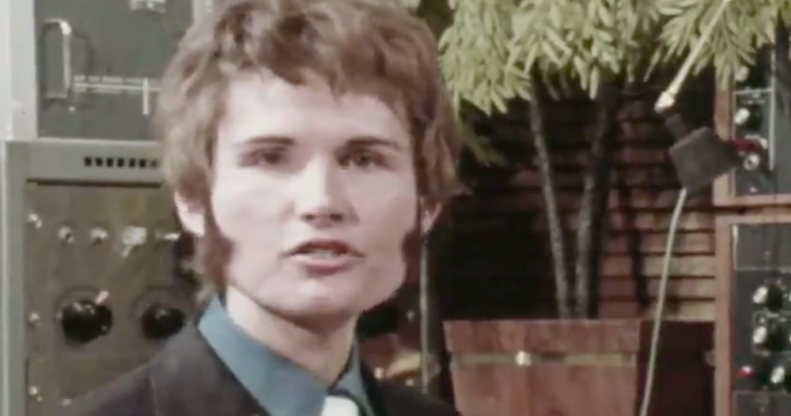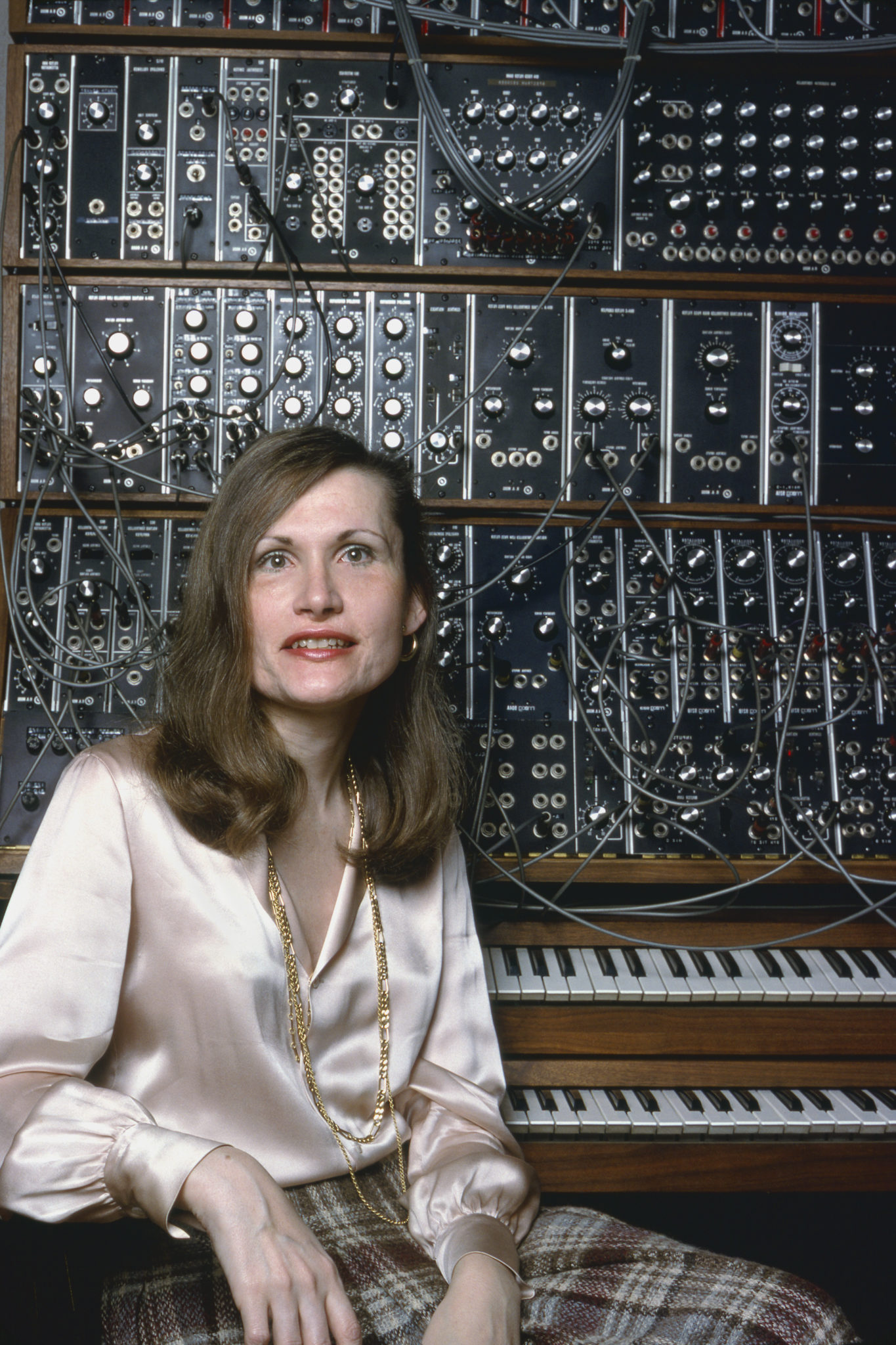Trans electronic music pioneer Wendy Carlos appeared on the BBC dressed as a cis man. This is why

A clip of Wendy Carlos was recently shared by the BBC Archive Twitter account, and went viral (BBC)
Electronic music pioneer Wendy Carlos appeared on the BBC in 1970 disguised as a man, while still in the closet as a trans woman.
On Monday (8 February), the BBC Archive Twitter account shared a clip of Carlos exactly 51 years ago demonstrating how to use the Moog Synthesizer, which she helped inventor and engineer Robert Moog to develop.
While many on social media were confused about whether her appearance was pre-transition, or whether she had been pushed by the BBC to dress as a man, Carlos actually voluntarily disguised herself as she wasn’t ready to come out.
Wendy Carlos helped bring electronic music to the mainstream
Wendy Carlos was born in 1939 and began studying music at the age of six when she started taking piano lessons.
She went on to study music and physics at Brown University in Rhode Island, and then completed a master’s in composition at Columbia, in New York, where she began exploring electronic music.
While in New York, she met Robert Moog and helped him to develop his famous Moog Synthesizer, which was released in 1964.
In 1968 Carlos released her album Switched-On Bach, which comprised of pieces by Bach performed on the Moog Synthesiser, and it became an unexpected hit.
Switched-On Bach was one of the first classical albums to sell half a million copies, and eventually even went platinum, bringing electronic music into the mainstream.
The electronic music pioneer began her transition in 1968
Wendy Carlos told Playboy in 1979: “My awareness of [being a little girl] happens to be one of my first memories – when I was about five or six and didn’t even know there was a real difference between boys and girls… I remember being convinced I was a little girl, much preferring long hair and girls’ clothes, and not knowing why my parents didn’t see it clearly.
“I didn’t understand why they insisted on treating me like a little boy.
“But I wanted them to love me and I felt that if I behaved the way I wanted to, I would lose their love – so I began hiding my feelings at a very early age.”
In 1966, Carlos got in touch with early trans advocate Harry Benjamin, who began advising her on her transition. Two years later, the same year that Switched-On Bach was released, she began hormone therapy and came out to a few people close to her.
As the hormone therapy began to cause changes in her appearance, it became clear that her debut album was a phenomenal success, and that she would be approached by the media.
Fearful of being publicly seen as a woman, Carlos desperately tried to disguise herself as a man for TV appearances, like her 1970 appearance on the BBC, by donning a wig and stick-on sideburns.

Wendy Carlos came out publicly in 1979
Wendy Carlos came out publicly as trans in 1979, describing her career, upbringing and transition in an interview with LGBT+ activist Arthur Bell, published by Playboy.
She described telling friends and acquaintances, and said the best reaction was when “people are not thrown by it at all”.
Carlos said: “They just go on and say, ‘Gee, that’s fascinating. As I was saying…’ That’s the nicest experience.”
Describing the public reaction to her coming out in a 1985 interview with People, she said: “The public turned out to be amazingly tolerant or, if you wish, indifferent … There had never been any need of this charade to have taken place.
“It had proven a monstrous waste of years of my life.”

